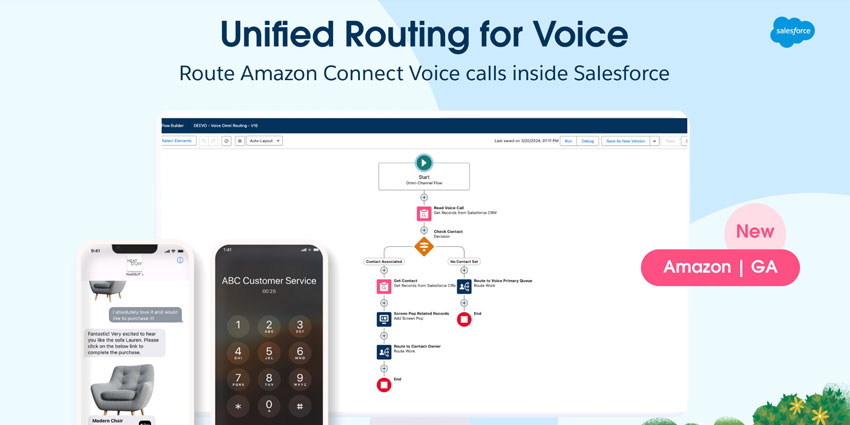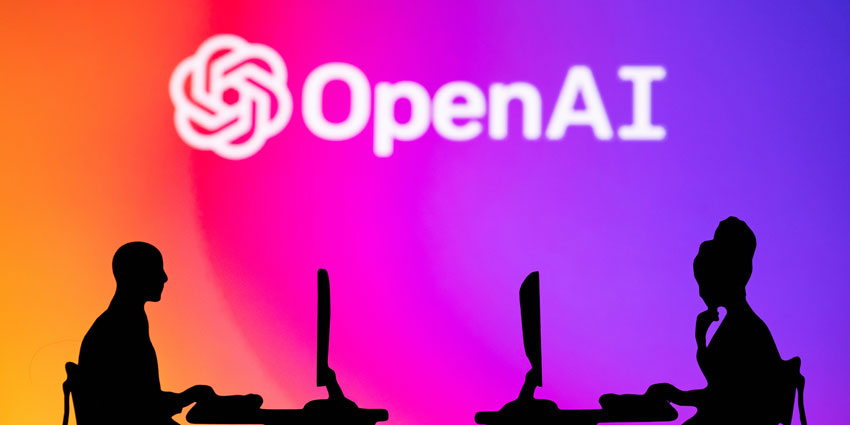Creating contextually relevant journeys is a critical consideration for modern marketing teams.
Unified customer profiles – topped up with predictive insights – are the cornerstone of such relevant customer journeys.
Indeed, they enable personalized engagements more likely to drive sales, retention, and several other business outcomes.
Multichannel Marketing Hubs help businesses to build these profiles and make more tactical customer engagements possible.
However, some do a better job than others to meet various business requirements.
To help businesses see through the mist, Gartner has evaluated the offerings of 14 prominent providers, uncovering three market leaders.
The Definition of Multichannel Marketing Hubs
A multichannel marketing hub is a solution that allows businesses to compose multichannel communications to various customer segments.
Those may include special offers and discounts. As such, the solution will often integrate with sales tools to execute the strategy.
Yet, that is only one such feature. Others include: customer profile management, campaign wizards, and workflow creation tools.
Then, there are channel-specific capabilities like direct mail, video, and even IoT-fueled innovations that leverage smart connected devices.
Add to that native personalization, content management, and advanced analytics tools, and many advanced capabilities are now becoming the norm across the market.
Yet, some go further than others – as Gartner acknowledges by evaluating all these features, splitting 14 Multichannel Marketing Hub vendors into four quadrants: Leaders, Challengers, Visionaries, and Niche Players. Here’s how they performed.

Gartner Magic Quadrant Leaders
Leaders in this Gartner Magic Quadrant offer a robust set of capabilities across four use cases: campaign creation, orchestration, execution, and measurement. With this, they have established a significant market presence alongside a track record for successful worldwide implementations. Finally, they demonstrate a clear and long-term vision for growing further. This year’s leaders are:
- Adobe
- Salesforce
- Braze
Adobe
The Adobe Experience Platform is a quickly evolving product, with foundation versions of many of its solutions – i.e., its journey optimizer, journey optimizer, and data platforms – alongside fully-fledged alternatives. As such, it’s easy to leverage the modern platform and scale up. Gartner notes this as a significant strength, alongside its first-party profile hub and healthcare support. In this vertical, Adobe even offers a Healthcare Shield solution for specialized data governance.
Salesforce
Salesforce does an excellent job of centralizing data across its clouds, which helps to fill up Marketing Cloud with more first-party data. That helps to further personalization efforts, orchestrate experiences, and analytics. Gartner recognizes this as a core strength, alongside the vendor’s partnerships and expansions. Finally, the analyst lauds Salesforce’s GenAI reach and use cases for marketers – including the capability to auto-generate campaigns to review, edit, and send.
Braze
Braze is one of the fastest growing providers in the multichannel marketing hub market – as per Gartner – managing to appeal to “organizations of all sizes”. Alongside this, the analyst praises Braze’s messaging innovation and modern platform architecture. That architecture services both traditional campaigns and orchestrated journeys. Meanwhile, the report notes users don’t require a customer data platform (CDP) to fully benefit from the solution. Although, it does integrate with several.
Gartner Magic Quadrant Challengers
Challengers in this Gartner Magic Quadrant focus on the here and now, understanding the current market and offering strategic direction. While they sometimes lag leaders in setting a “visionary pace” and keeping up with potential requirements, they often distinguish their business by providing capable support services. Indeed, they typically focus on developing “partnerships” with customers. This year’s challengers are:
- Optimove
- Insider
- Acoustic
- Iterable
Optimove
The Optimove platform features AI-based smart orchestration capabilities that automate journey prioritization and manage customer eligibility. Gartner notes such prescriptive prioritization as a significant strength, alongside Optimove’s user experience and AI support. The latter includes predictive and prescriptive analytics to further personalization and journey orchestration. It also enables real-time decisioning. Yet, the analyst notes its algorithmic journey operations as a caution.
Insider
Insider benefits from its “clean” interface that allows users to more easily tailor the user experience. It also streamlines the creation of A/B tests, journey optimization, and content authorization. Gartner also highlights Insider’s journey analytics, data management, and integrations as prominent plus points for the platform. However, the lack of journey prioritization features is a notable gap within the hub – only offering “limited” support for real-time prioritization.
Acoustic
According to verified customers on Gartner Peer Insights, Acoustic Campaign is “easy to use” and integrates data from third-party systems “quickly”. Paired with strong client support, Gartner believes this is a critical differentiator for Acoustic. That is alongside its major infrastructure upgrade on AWS, templated journeys, and reporting capabilities. Nevertheless, the analyst warns that Acoustic is limited in its support for AI, with no generative AI innovation currently in the works.
Iterable
Iterable differentiates through AI integration in three principal areas: prescriptive analytics, predictive action, and audience insight tools. Gartner recognizes this while also pointing to its audience-building solution, low-coding, and back-end data requirements as critical strengths. The former isolates opportunities to target niche customer segments and ensures campaigns communicate with various customers. However, few channel options and profile management tools are drawbacks.
Gartner Magic Quadrant Visionaries
Visionaries in this Gartner Magic Quadrant offer many emerging, innovative features that entice marketers. Real-time decisioning and profile management tools are excellent examples. Where they trail leaders is typically in their limited product portfolio and often shallow partner ecosystems. However, they still can influence the strategic direction of the market. This year’s visionaries are:
- Pegasystems
- SAP Emarsys
- Redpoint Global
Pegasystems
As Pegasystems aims to power the “autonomous enterprise”, it has gained expertise in workflow management. Gartner acknowledges this and points to Pega’s 1:1 Operations Manager solution as an excellent example within its marketing hub – allowing marketers to assign workloads to particular brand teams and individuals. Its next best action recommendations and customer profile UI are also strengths. Yet, the analyst warns specialized data skills are necessary to unlock advanced features.
SAP Emarsys
SAP has developed a “One Office” vision to differentiate its CX endeavors. That vision aims to connect the front- and back-office data to support marketing decisions and end-to-end journey orchestration. Gartner recognizes SAP’s progress as a significant plus for SAP Emarsys alongside its customer profile management, implementation support, and onboarding initiatives. However, the platform does little to flex across sectors beyond retail, CPG, and manufacturing.
Redpoint Global
Redpoint Global targets enterprises typically constrained by demanding IT environments, bringing new data quality, monitoring, and analytics to complex ecosystems. Its rg1 platform also delivers new journey orchestration tooling to such spaces, which Gartner highlights as a strength – in addition to its containerization, integrations, and AI enhancements. The latter includes the capability to import and develop custom predictive models. Nevertheless, such use cases may require skilled resources.
Gartner Magic Quadrant Niche Players
Niche players frequently specialize in one aspect of multichannel marketing hubs – such as campaign creation, and for some customers, that fits the bill. Yet, they can fall behind other vendors in the quadrant in their platform’s depth, market visibility, and execution. That said, in this crowded tech space, these vendors have made significant strides in the space to qualify for the quadrant. This year’s niche players are:
- SAS
- Acquia
- Cheetah Digital by Marigold
- HCL Software
SAS
SAS Customer Intelligence 360 is a highly modular marketing hub with optional components operating independently. Many of these are data capabilities that – with skilled resources – offer significant analytical might. That is a critical strength, in addition to its attribution and measurement capabilities and profile management features. However, not every enterprise will have such skilled resources available on demand to handle this complexity and enable such flexibility.
Acquia
The Acquia Marketing Cloud excels in its web-centric orchestration, which stems from its foundations as a digital experience platform (DXP). For instance, it allows users to orchestrate more personalized experiences that align content with a consumer’s search history or preferences. Gartner stresses this as a big plus alongside its AI model management. Yet, the analyst cautions to Acquia’s limited advertising ecosystem and tiered pricing that increases costs significantly as a business scales.
Cheetah Digital by Marigold
Cheetah Digital excels in its email marketing focus, as per Gartner. Indeed, the analyst references innovations such as its adjusted reporting feature that filters out the effect of Apple’s Mail Privacy Protection. It also highlights UX workflow improvements and first-party engagement as strengths, with the latter allowing marketers to implement template journeys to collect customer feedback and drive engagement. Nevertheless, innovation beyond email and portfolio strategy are concerns.
HCL Software
HCLSoftware has added a journey library to its Unica marketing hub, allowing businesses in various industries to accelerate campaign creation. Its native platform also excels in its collaboration, flexibility, and ease of use – according to Gartner. However, the latter benefits fade when adding third-party integrations. Indeed, it is mostly deployed on-premise, meaning customized connections are often necessary. Journey orchestration, issues resolution, and CX are also cautions.
Catch up on several of our other rundowns of Magic Quadrant reports below:
- Gartner Magic Quadrant for B2B Marketing Automation Platforms 2023
- Gartner Magic Quadrant for Sales Force Automation (SFA) Platforms 2023
- Gartner Magic Quadrant for Contact Center as a Service (CCaaS) 2023







